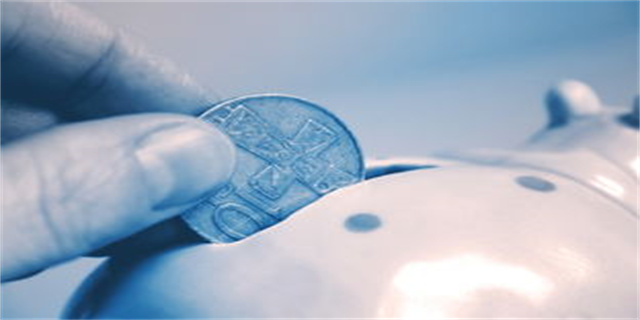circuit(Exploring the World of Circuits)

Exploring the World of Circuits
Introduction to Circuits
Circuits are an essential part of our everyday lives. From the simplest electronic devices to complex systems used in industries, circuits play a significant role in powering and controlling electrical equipment. In this article, we will dive into the world of circuits, exploring their components, types, and applications.
Understanding Circuit Components

A circuit is a path through which electrical current flows. It consists of various components, each serving a specific purpose. The most basic circuit components include resistors, capacitors, inductors, diodes, and transistors.
Resistors: Resistors are passive components that restrict the flow of electrical current. They are often used to control the amount of current or voltage in a circuit. Resistors are characterized by their resistance, measured in ohms (Ω).

Capacitors: Capacitors store and release electrical energy. They consist of two conductive plates separated by an insulating material called a dielectric. Capacitors are commonly used to stabilize voltage levels or filter out unwanted noise in a circuit.
Inductors: Inductors are components that store energy in a magnetic field when current flows through them. They are used in circuits to control the rate of change of current or voltage. Inductors are often used in applications such as transformers and power supplies.

Diodes: Diodes are electronic components that allow current to flow in only one direction. They have a crucial role in rectifying alternating current (AC) to direct current (DC). Diodes are widely used in power supplies and electronic devices.
Transistors: Transistors are semiconductor devices that amplify or switch electronic signals. They are the building blocks of modern electronic circuits and are utilized in various applications, including amplifiers, oscillators, and digital logic circuits.
Types of Circuits
Circuits can be classified based on their configuration and functionality. The three main types of circuits are series circuits, parallel circuits, and complex circuits.
Series Circuits: In a series circuit, components are connected one after another, forming a single path for current to flow. The total resistance in a series circuit is the sum of the individual resistances. If one component fails, the entire circuit could be interrupted. Series circuits are commonly used in lighting systems and low-power applications.
Parallel Circuits: Parallel circuits have multiple paths for current to flow, with each component connected across the same voltage source. The total resistance in a parallel circuit is less than the resistance of the smallest individual resistor. Even if one component fails, the rest of the circuit will continue to operate. Parallel circuits are often found in household wiring and electronic devices.
Complex Circuits: Complex circuits combine series and parallel arrangements of components. These circuits are prominent in electronic devices and systems that require multiple functions and capabilities.
Applications of Circuits
Circuits have a wide range of applications in various fields, including telecommunications, automotive, aerospace, and medical industries.
Telecommunications: Circuits are extensively used in telecommunication systems to transmit and receive signals. From landline phones to cellular networks, circuits enable reliable communication over long distances.
Automotive: Circuits are essential in the automotive industry for various purposes, including engine control systems, lighting, and entertainment systems. Modern vehicles are equipped with numerous circuits to ensure safe and efficient operation.
Aerospace: In the aerospace industry, circuits play a critical role in navigation systems, communication equipment, and spacecraft control. The reliability and efficiency of circuits are vital for the success of space missions.
Medical: Circuits are utilized in medical devices such as pacemakers, electrocardiograms (ECGs), and magnetic resonance imaging (MRI) machines. These circuits help in diagnosing and treating various health conditions.
Conclusion
Circuits are the backbone of electronic systems, allowing us to harness and control the power of electricity. Understanding the components, types, and applications of circuits can open doors to exciting developments in technology. Whether it's powering our smartphones or exploring the depths of outer space, circuits are at the heart of our modern world.







